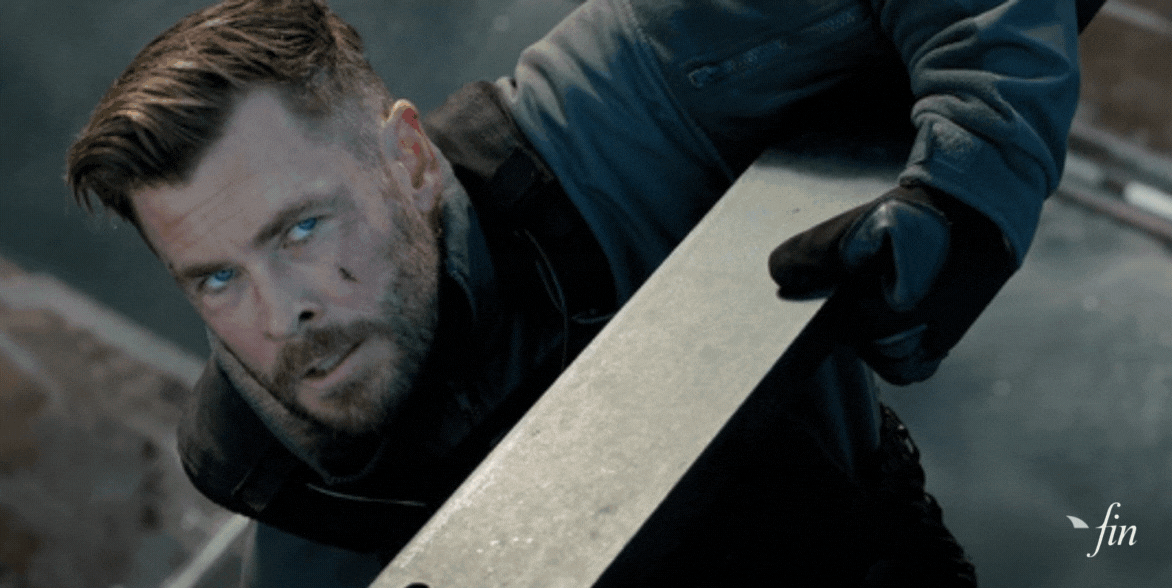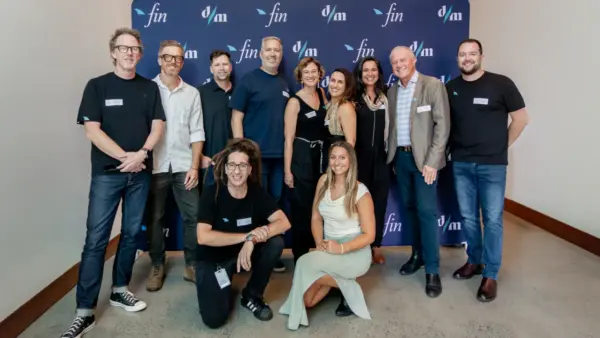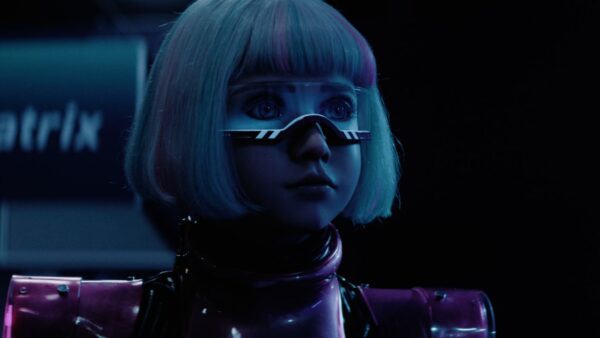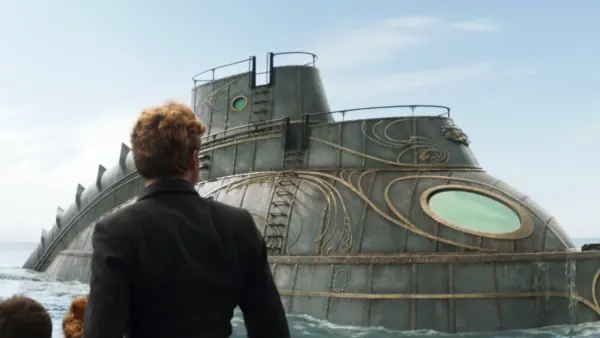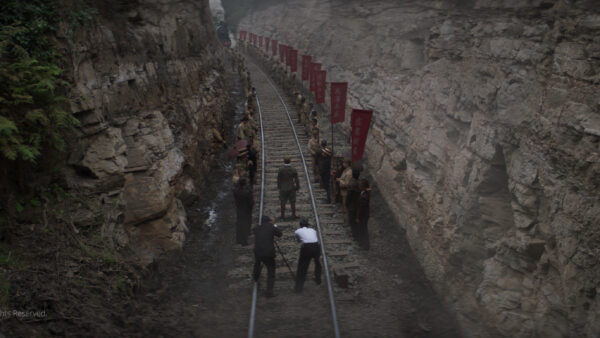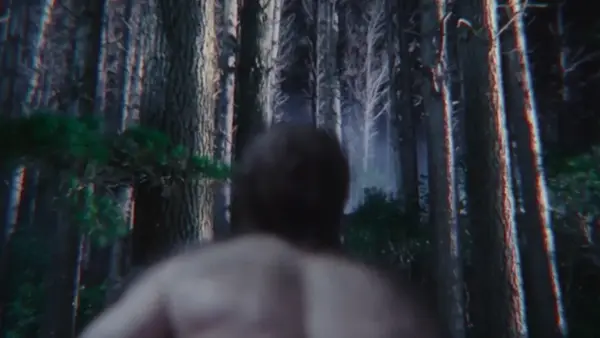Fin Design + Effects were excited to have the opportunity to work on two adrenaline-fueled action sequences for Sam Hargreaves’ Extraction 2 on Netflix. The FIN team took the lead on creating the assets for a fully-digital glass awning and gym, which sit atop the 57th floor of Vienna’s iconic DC Tower
In addition to the awning, FIN was tasked with creating a 360° animated city panorama from helicopter photography, which they projected onto geometry to add depth and realism to Vienna’s sprawling cityscape. This was shared with multiple vendors working on other sequences set in the building to establish continuity throughout the film which also included a fully simulated CG traffic system created by FIN.
The FIN team, under the leadership of VFX Supervisor Will Towle, CG Supervisor Qazi Hamza Javed, and Compositing Supervisor Adam Paschke, collaborated closely with client-side supervisor Bjorn Mayer and VFX Producer Magdalena Wolf to successfully deliver nearly 150 shots within a span of six months. Of these, almost half were entirely digital except for the hero actors, who were extracted from plate photography.
“The awning sequence was our main focus for the film. Shot on bluescreen with a placeholder set, we were challenged to design, model, texture, and light a photo-real glass awning and gym to replace the on-set photography which was contaminated by reflections of the bluescreen, crew, and camera-rigs. With the help of on-set photography and dozens of other references, we meticulously recreated the set and added additional elements like weathering, birefringence, and anisotropic reflections to give the building a physical presence.”
– Will Towle, VFX Supervisor, FIN
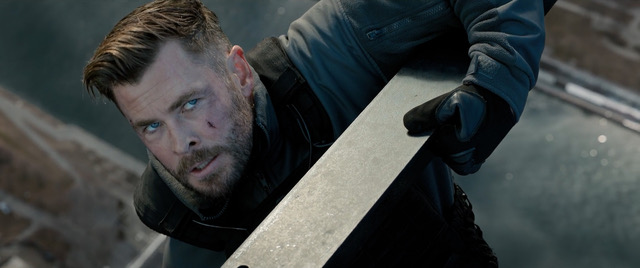
Adding to the complexity of the sequence was the crucial role of continuity while the heroes fight it out with the villains, and the glass awning becomes increasingly damaged. To accommodate this, the FIN CG team had to create eight variants of the building, each with an additional level of destruction that took into account any damage and simulations that had taken place in the preceding shots.
For the simulations, the FIN team utilised fluid dynamics for blood hits and explosions, in addition to rigid-body dynamics for the shattering glass. To achieve a photorealistic result, the artists studied photography of tempered glass shattering and recreated the look in Houdini before passing the results to the look dev department to ensure that the resulting renders matched the rest of the sequence.
As FIN replaced the whole set with CG, they also undertook the task of creating digi-doubles for almost every shot on the awning for use in reflections and relighting the plate. Using photo scans from the shoot, the CG team, led by Qazi Hamza Javed, created four unique characters that needed to be match-moved into the shots with near-perfect accuracy.
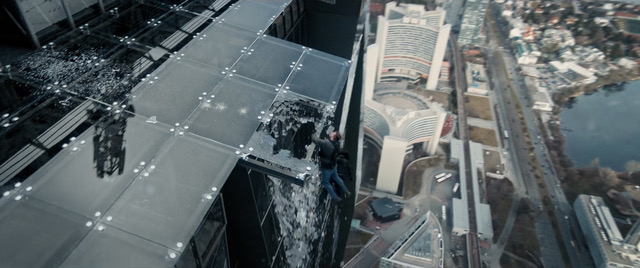
FIN’s final challenge was to get the fully modelled and look-dev’d awning into the shots. With almost ninety CG-heavy shots to render, they broke the sequence down into eight unique views and assigned each view a ‘hero shot.’ Once the hero shot had been lit and approved, they rendered all the shots from that view. The resulting renders were then individually reviewed and approved or given notes for a more bespoke lighting setup. This process allowed FIN to prioritise creative lighting and still deliver such a large volume of shots.
“Our compositing team, led by Adam Paschke, faced the challenge of combining the above assets with the 360° Vienna panorama and plate photography for approximately 150 shots in total. With so many shots and the fact that the two sequences cut interchangeably between each other, colour workflow management and continuity were absolutely essential. Adam, myself, and our development team at FIN created a neutral-grade workflow for the project, which allowed all of our work to take place within a neutrally-graded environment. This meant that plate photography could be combined with CG-generated elements with little to no per-shot grading.”
– Will Towle
For both sequences, the comp team relied on a templated workflow within Nuke to automatically import all the necessary elements and renders for each shot. From there, the artists had access to multiple light groups and AOVs to assist in matching the lighting conditions of the plates.
Fin Design + Effects was thrilled at the privilege and being entrusted with delivering epic visual effects for Extraction 2, working alongside all the immensely talented individuals involved in this project.
About FIN
FIN is a boutique design and VFX company based in Sydney, Melbourne, Singapore, Shanghai, and Los Angeles. Established in 2001, FIN is home to Australasia’s most highly awarded, close-knit team of VFX artists, designers, and producers. Our collective experience allows us to approach all projects with an individually tailored approach. Embracing the converging digital landscape, we strive to be continually at its forefront. Our unique flexibility matches our passion and energy to foster creative partnerships and client collaborations.
